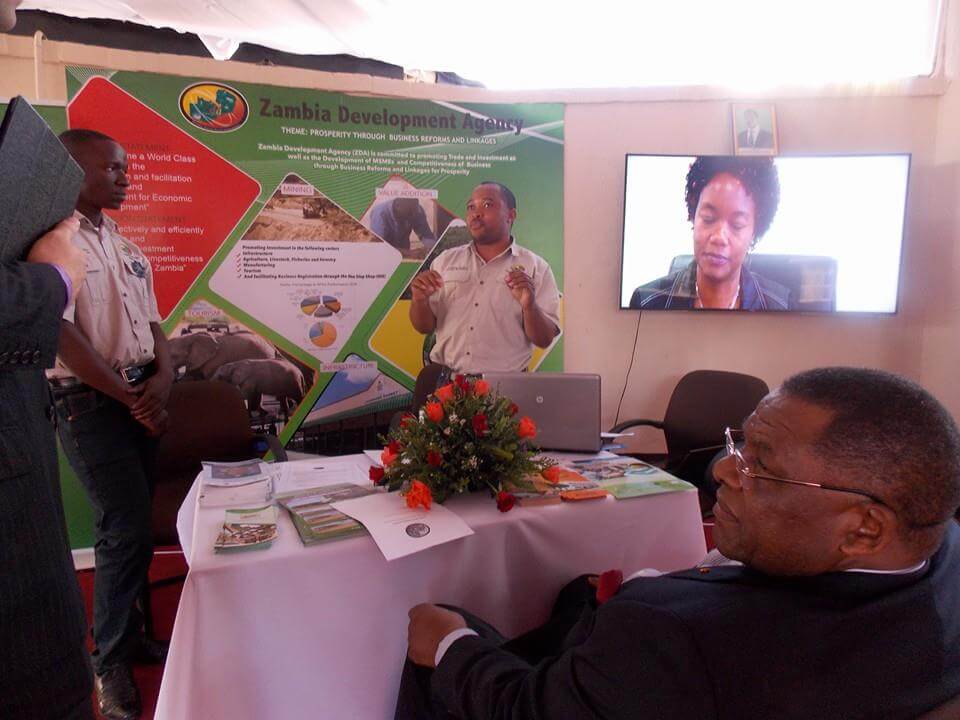
Our Projects are
Transforming African Trade
Quick Contacts
2nd Floor, Fidelity Insurance Centre Waiyaki Way, Westlands

IT IS encouraging to note that last year, the Zambia Development Agency (ZDA) recorded investments worth US$5.8 billion from 326 registered projects. This represents a 19.7 percent increase from the US$4.8 billion investments recorded from 350 in 2019. In the same vein, over US$2.1 billion investment was last year actualised from the multi-facility economic zones and industrial parks, creating over 16,000 jobs in the country. The actualised investment increased from US$1.9 billion recorded in 2019, increasing the number of jobs created in the MFEZ to 16,676 compared to 14,775 in the previous year. ZDA board chairperson David Masupa noted, and rightly so, that the surge in investments confirms the conducive business and investment climate created by Government through ease of doing business reforms, political and economic stability.
It is also encouraging to note that of the total registered investments last year, over US$3.1 billion was foreign direct investment, while US$2.68 billion was domestic direct investment. This shows that Government is not only creating a conducive environment for foreigners, but locals as well. It is also good that locals are also actively taking part in the country’s economic activities as opposed to the past when investment ventures were solely left to foreigners. This shows that our country’s development agenda is on a positive trajectory. We know that local involvement in economic activities is key to development. It has been established that involvement of locals in investment ventures ensures that the money generated remains within the country. However, in the case where investment ventures are in the hands of foreigners, the money generated is externalised to their countries of origin. This deprives the country of the much-needed resources for development. It is also good that from the US$5.8 billion investment, the manufacturing sector recorded the highest investment of over US$2.6 billion, representing 46 percent of the total investment. The energy and transport sectors were second and third with projected investments of US$1.6 billion and US$0.64 billion, accounting for 29 percent and 11 percent respectively. These are important sectors that require a lot of investment given their critical role in the industralisation process and job creation.
It is encouraging that these investments are not just on paper but are producing tangible results. During the period under review, 22,637 jobs have been created, representing a 2.2 percent increase compared to 22,140 in 2019. “Manufacturing created the highest number of jobs with 5,014, representing 43.4 percent, agriculture was second with 1,911, while the construction sector was third with 1,371 jobs, representing 16.5 percent for agriculture and 11.9 percent for construction. The mining sector was fourth with 1,201 jobs, representing 10.4 percent,” he said.
It is gratifying that despite COVID-19, which generally disrupted trade and investment flows globally, regionally and domestically, the country was still able to reap good dividends from its policies and efforts to woo investors. This implies that the investments would have been much more if the disease burden was lighter; it implies that economic and social fundamentals are right. And peace is one critical ingredient which must be protected at all costs. Persuasion to sacrifice peace for personal endeavours or interests should therefore be resisted in the strongest terms. Road infrastructure is another fundamental and Government has in the last few years expanded the road infrastructure exponentially, improving commerce and trade. Consistency in investment laws is yet another strong foundation as it is assuring and gives predictability to investors. It is indisputable that the country has successfully branded itself as a preferred destination for investment. The investment figures are there to speak for themselves.
Read original article
Disclaimer: The views and opinions expressed in this article are those of the authors and do not necessarily reflect the official policy or position of TradeMark Africa.